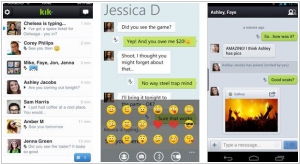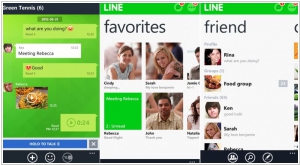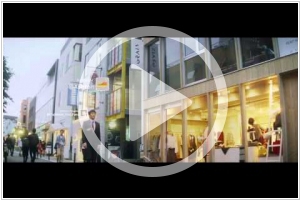Kik vs Line
June 04, 2023 | Author: Adam Levine
Kik and Line are both popular messaging apps that offer different features and cater to distinct user preferences. Kik is known for its simplicity and focus on anonymity, allowing users to chat with others using only a username without revealing personal information. It offers features like group chats, multimedia sharing, and stickers. Kik also has a built-in web browser and supports bots for additional functionality. On the other hand, Line is a feature-rich messaging app with a strong emphasis on social networking and entertainment. It offers features such as free voice and video calls, a wide selection of stickers and emojis, games, and a timeline feature for sharing updates with friends. Line also has a vast collection of official accounts for celebrities, brands, and services.
See also: Top 10 Business Messaging platforms
See also: Top 10 Business Messaging platforms
Kik vs Line in our news:
2016. Messenger Line introduced bots
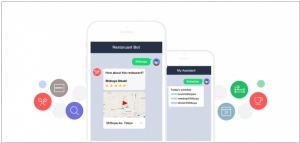
Developers now have the capability to create bots for the messaging app Line. Initially, Line is limiting the availability of these bots to a trial period with just 10,000 slots, operating on a first-come, first-serve basis. Each bot will be restricted to serving 50 friends or accounts, indicating that this is primarily a testing phase before a wider release. As of now, there are limited features for end users, but with developers having access to the technology, we can expect Line bots to be introduced in the near future. Additionally, Facebook is anticipated to announce the opening of its Messenger platform for bots at its upcoming F8 event.
2016. Messenger Line now allows to create group calls with up to 200 friends
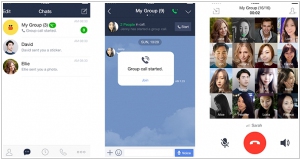
Mobile messaging service Line has been offering one-on-one video and voice calling for a while. Now, it has introduced support for group voice calls with the capability to accommodate up to 200 participants simultaneously. This new feature appears to target business users, as Line aims to replace certain enterprise calling systems. By providing such functionality, Line sets itself apart from competitors like Facebook Messenger and WhatsApp. Despite Messenger's billion-plus active users and its existing video and voice calling capabilities, and WhatsApp's recent addition of voice calling and rumored upcoming video calling feature, neither platform currently supports large-scale group calls. Therefore, Line's latest update brings attention to its calling feature.
2015. Messenger Line adds end-to-end encryption
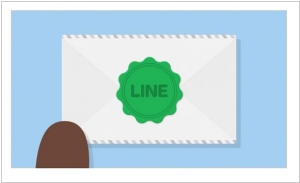
Japan-based messenger Line has made an important announcement for its mobile messaging service, which boasts a massive user base of over 211 million people worldwide per month. The long-awaited implementation of end-to-end encryption, called 'Letter Sealing', is set to enhance the security of messages and features within the service. Initially, this encryption will be available for one-on-one chats and the location-sharing feature across Line's mobile and desktop apps. It's important to note that the encryption feature will only be active when all parties involved have it enabled on their devices. Currently, users need to manually activate encryption by navigating through menus, which may affect the initial rollout. However, Line has plans to make it the default setting for all users in the near future, starting with those who have a single Android device registered to their account. Furthermore, Line intends to expand encrypted sealing to its desktop version and other operating systems gradually as well.
2015. Messenger Kik adds QR codes to connect users and brands
Mobile messenger Kik has taken inspiration from WeChat by introducing QR codes to enable various interactions directly within the app. These interactions range from purchasing a soda to printing a photo. While Kik aims to achieve extensive engagement in the long run, their initial implementation of 'Kik Codes' is relatively basic. By scanning these codes, users can connect with each other, add new participants to a group chat, or establish a connection with a brand on the platform, which is particularly intriguing. Kik had previously introduced promoted chats to enable brands like Burger King to engage with users officially. The company revealed that more than 16 million users have interacted with branded bots, resulting in over half a billion messages exchanged. Kik Codes align well with this concept, as they facilitate connections that would otherwise be challenging to establish. For instance, a code offering a free pizza or a monetary incentive can entice users to scan and engage, enhancing the overall experience.
2015. Messenger Line intoruced Launcher app for Android
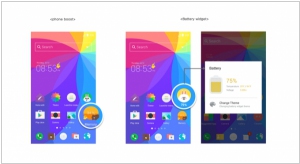
Line, the popular Japanese messenger, has unveiled an Android launcher app with a range of features. This launcher app allows users to personalize their wallpaper with stickers and customize the appearance of app icons. Additionally, it includes widget shortcuts, utility apps, and an integrated search function. The Line launcher also offers app recommendations for users to download and introduces enhanced notifications for the core Line chat app. Currently, there appears to be limited integration between the launcher and the messaging service, but future updates are expected to optimize this aspect. The introduction of an Android launcher app makes perfect sense for Line as it not only helps reach users who may not regularly utilize the messaging app, especially considering that half of its active user base comes from Japan, Taiwan, and Thailand, but it also has the potential to further engage its existing active users.
2015. Messenger Kik raised $50M
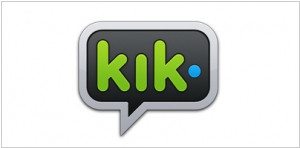
The Canadian company behind the messaging app Kik has recently secured $50 million in funding from Tencent, the renowned creator of WeChat. Kik has consistently demonstrated its commitment to innovation in an industry that witnesses rapid turnovers. Moreover, Kik has successfully generated revenue. As of now, Kik holds the 30th position among the top free apps on the App Store and ranks 7th in the social networking category, both within the United States. By collaborating with Tencent, Kik aims to compete with messaging giants such as Facebook by continuously exploring novel ideas and experimenting until they discover a breakthrough—something at which Tencent has excelled.
2015. Messenger Kik unveiled in-chat web browser
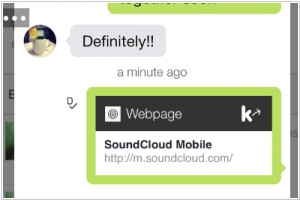
Kik has taken a step further in integrating the web into its chat platform by upgrading its in-app sidebar browser into a fully functional browser for its messaging app. This upgrade allows Kik users to now access a complete browser within their conversations with colleagues. Previously, the browser was limited as it was loaded from the sidebar within the chat window. This enhancement offers a more immersive experience, enabling Kik's 200 million registered users to browse the web while engaging in conversations. Additionally, it provides them with the convenience of easily sharing web pages and services during chats. This is particularly significant as Kik's content platform is based on HTML. The company has plans to introduce a payments service this year and subsequently incorporate commerce and other services within its app, all built on HTML and the browser experience.
2015. Messenger Line launches business version
Messenger platform Line has introduced a new offering, enabling brands, SMEs, and other business users to leverage its platform for effective communication with customers and consumers. The Line@ app, available on both iOS and Android, serves as an enterprise-oriented version of Line's popular chat app. It seamlessly integrates with the existing chat service, allowing the exchange of messages with regular Line users and the ability to post content on the social network-like 'Timeline.' However, Line@ is specifically designed for interacting with individuals who are not friends but rather clients, customers, or fans of the business. While the new service is free to utilize, Line charges users for a searchable vanity ID, priced at $24 for the first year and $12 subsequently. Free accounts are limited to sending 1,000 messages per month. For higher usage, users can opt for a paid plan, which costs $50 per month for 50,000 messages, with additional messages beyond the bundle incurring a fee of $0.01 each.
2015. Line acquired online payment service WebPay
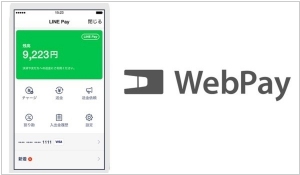
The mobile messenger Line is strengthening its payments service, Line Pay, through the acquisition of the Japanese startup WebPay. Currently, Line Pay is integrated into Line's primary chat application and is primarily used for purchasing digital goods within Line's platform. However, Line has plans to expand its payment service to encompass other online sites and services, and this is where WebPay plays a crucial role. WebPay is a service similar to Stripe, facilitating secure and convenient payments on e-commerce sites, mobile apps, and other web-based services. With the acquisition of WebPay, Line aims to enhance Line Pay's capabilities and provide users with broader payment options across various online platforms.

